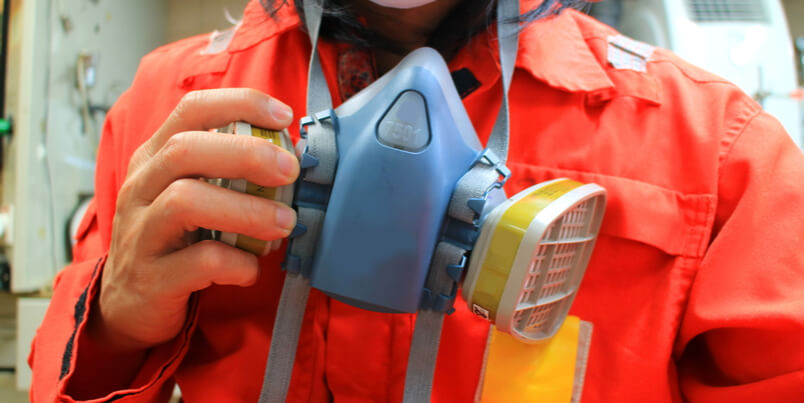 For many years now, multi-gas meters have served as an invaluable resource to protect the environment and aid in the safe operations of technical rescue teams, firefighters and HazMat crews.
For many years now, multi-gas meters have served as an invaluable resource to protect the environment and aid in the safe operations of technical rescue teams, firefighters and HazMat crews.
While there are a wide variety of gas detector products currently available, they have all been designed with one common goal in mind - to provide the user with a visual or audio indication as to the hazardous nature of the environment they are about to enter.
For the most part, firefighters and HazMat teams use multi-gas meters to monitor a handful of gases within the environment - among the most common being oxygen (O2 ), carbon monoxide (CO), lower explosive limit (LEL) and hydrogen sulfide (H2S).
Many responders report however that their device's O2 sensor is by far the most useful feature - due to its ability to alert the user to the presence of a wider variety of potentially toxic substances.
Normal O2 content is 20.8 percent at sea level, with alarm thresholds normally being set at 23 percent for the high alarm and 19.5 percent for the low alarm.
Depending on the manufacturer, many meters will cease to function correctly once O2 levels drop below sixteen percent.
But crucially though, even as little as a one percent increase or decrease in the levels of O2 can dramatically affect the way that other gases or chemicals act.
For this reason it is crucial that users continually monitor their meter for any changes.
Having access to a reliable gas meter is just one part of the puzzle however.
What is also crucial is that personnel understand both the nature of the hazardous gases that they may encounter and the functionality of their equipment in real life scenarios.
New solutions for hands-on multigas training
Realistic, hands-on HazMat training is now widely regarded as being an invaluable tool in preparing users for the operational challenges of real-life hazardous material incidents.
Up till now however, the ability for instructors to simulate realistic multi-gas training scenarios has been limited.
Crucially too, there has been the need for a training device that can simulate and demonstrate the critical aspect of O2 depletion.
New simulation training systems such as Argon's MultiGAS-SIM are now able to offer HazMat instructors an enhanced level of multi-gas training capability by realistically simulating the functionality and responses of up to eight different simulation sensor types.
The simulation of O2 depletion
With the help of an independently deployed Long Range Vapor Source (LRVS) gas emitter, instructors can easily programme and configure a wide range of hazardous substances and scenarios, including O2 depletion.
When programmed at a reduced setting, the LRVS will emit a signal that remains close to the floor or ceiling, depending on where it has been located.
The signal can be detected at a distance of up to twenty-five meters in free space, with the simulated readings increasing as the student approaches the hazardous area and reducing as they move further away.
The LRVS signal can also be easily contained within a room - and whilst the door is closed no signal will be detected.
If the door is slightly ajar however there will be a slight increase in the signal, with a noticeable increase in readings as the door is further extended.
A versatile display screen enables HazMat instructors to configure the layout to suit their needs, allowing them to accurately replicate the functionality of a wide variety of real life devices.
A new approach to the implementation of multi-gas training
The risks of the release of even the smallest quantity of toxic gases can never be overstated.
Oxygen is essential not just for the sustaining of human life but for its role in the accurate operation of multi-gas meters, by providing personnel with crucial information as to whether they are operating within a harmful or potentially lethal environment.
For those personnel charged with the use of gas monitoring equipment, it is vital that they understand the hazards associated with the different substances that they may encounter.
Equally too, it is crucial that they are familiar with the baseline readings before commencing their operations and that they understand the importance of continuously monitoring their devices for any changes.
Confidence, accuracy and safety in gas detection can be hugely enhanced by the provision of realistic multi-gas simulation tools and applications that enable personnel to safely experience a diverse range of operationally challenging hazard environments.






